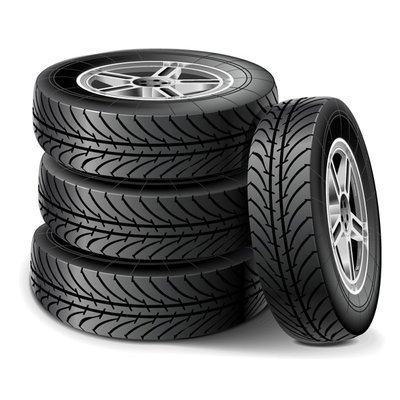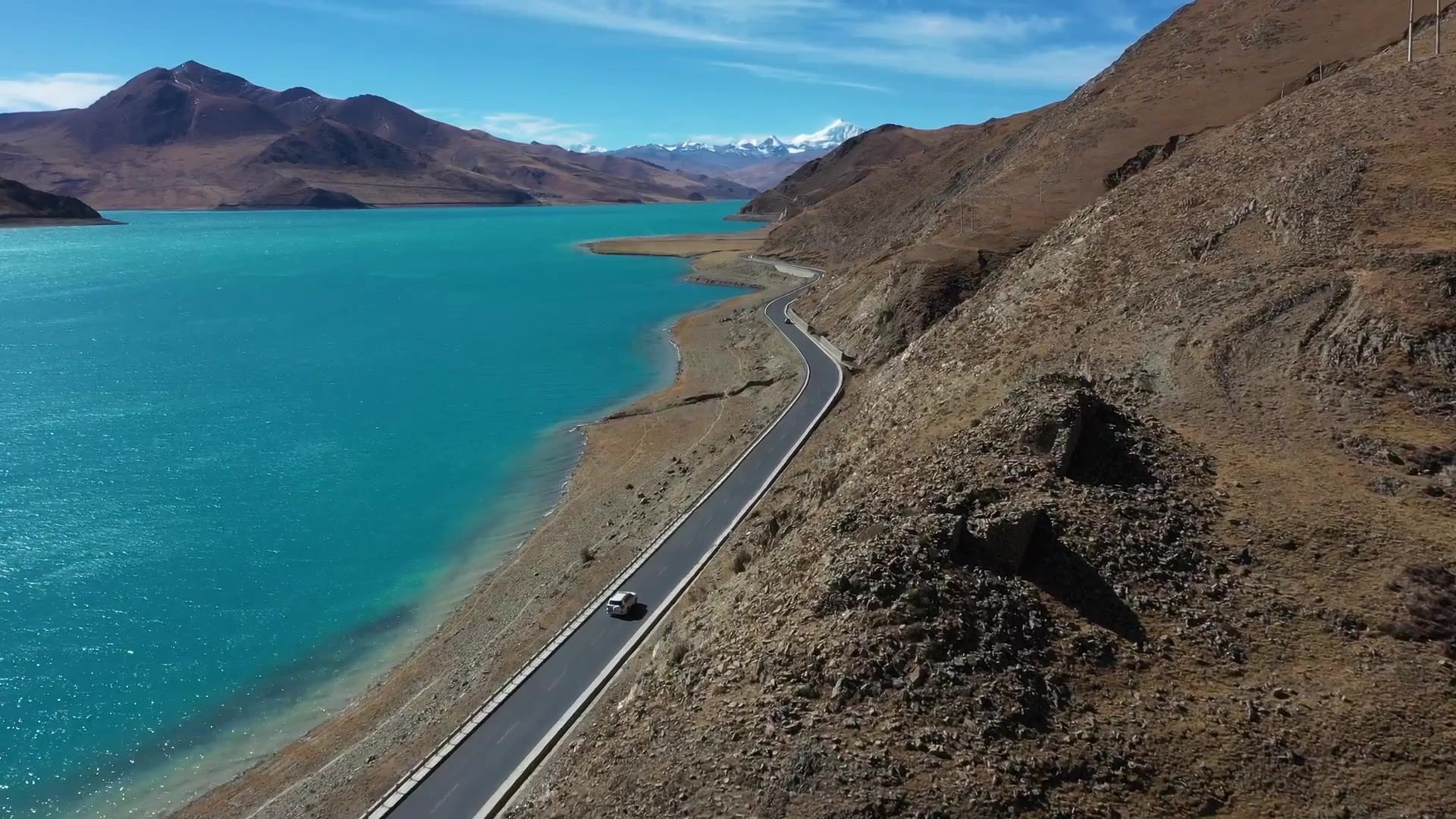
16
2021
-
09
How tire structure determines tire performance
Author:
Shanxi Huajun Tire Co., Ltd.

To say how the tire structure determines the performance of the tire, it is necessary to analyze from two major aspects:
First, the carcass structure determines the tread shape, which determines the tire performance directly related to the tread shape.
The shape of the tread and its changes when the tire is running are important factors that affect the performance of the tire. Radial tires benefit from the hooping effect of the belt layer. Under normal inflation pressure, the crown and shoulders are basically kept in line. However, due to the high inflation pressure of truck tires, the crown is also slightly raised, but the arc is not as large as that of bias tires.
The properties affected by the tread shape are:
1. Driving stability: As the tread changes from an arc to a straight line, the effective width of the tread to ground increases until the shoulder and crown land on the ground at the same time, which will significantly improve the lateral support of the car and thus become more stable.
2. Shortened braking distance: A flat tread is conducive to maintaining adhesion to the ground, thereby shortening the braking distance.
3. Rolling resistance: When the car is stationary, the tread has a contact surface with the ground, commonly known as impressions. Because the tread of the bias tire is arc-shaped, the impression is oval, the front and rear spacing is larger, and the side distance is narrow, while the radial tire impression is closer to the rectangle, the front and rear spacing is short, and the side distance is large. Both in the case of the same pressure impression area is almost equal. This is the fundamental reason why radial tires have less rolling resistance.
4. Anti-sideslip: Whether driving in a straight line or turning, a flat tread can always make the tire pattern contact the ground more effectively, enhance the grip of the tire, and reduce the possibility of sideslip.
5, wear resistance: why flat tread has better wear resistance? The most basic reason is the shape of the tread. Because:
First, during driving, the tread shape of radial tires remains basically unchanged, so there is less useless work, less heat generation, and material fatigue and aging are slower than bias tires.
Second, the flatter the tread, the more uniform the force, especially the pressure of the tire crown is significantly reduced, and the reduction of the force is a necessary condition for improving the wear resistance of the tread. An important factor in tread wear is the scraping force of the ground. The greater the scraping force, the faster the tread wear. For a high crown tread, the pressure experienced by the crown portion is greatest until the shoulders gradually weaken, so that the scraping force experienced by the shoulders is also greatest. This causes the phenomenon that the tire always starts to wear from the crown and then expands to the entire tread. Some radial tires will wear the crown, that is, the crown is too high.
Third, it is not easy to appear eccentric wear.
II,The tire structure also directly determines the performance of the carcass itself. Mainly in:
1. Circumferential consistency of crown centerline.
The belt layer of radial tires can ensure that the tread center line is consistent with the crown center line, that is, the centrifugal force balance during high-speed rotation is significantly better than that of bias tires.
2. Sidewall rigidity and maintainability
From the side, the arrangement of the radial tire steel wires is similar to the fan bone, and each steel wire is on the radius line. Since the radial tire is generally a single-layer carcass structure, the steel wires and the steel wires are neither overlapped nor crossed, and the gaps between the steel wires It is sealed by rubber (commonly known as "sidewall rubber"). Radial tire sidewall is fan-shaped, once pierced by external force is prone to curtain crack, can not be repaired,
3. Carcass heat generation
There are two main parts of the carcass heat generation, one part comes from the carcass material and sidewall rubber, and the other part comes from the air in the tire. The main reason for the heat generation of the carcass is: the first is the deformation of the tire carcass under load. When the car turns or the road surface is undulating, the tire shape is prone to deformation due to the force of the road surface and the weight of the car. The second is that the dynamic load of the tire is constantly changing when the car is running, so the carcass will stretch and contract. The third is that the change of carcass shape and the expansion and contraction of the skeleton material cause frequent extrusion and flow of air in the tire. In fact, the heat generation of tires has two key elements, namely the internal energy and movement of the material. The internal energy of the material is excited to generate heat, heat is one of the basic properties of matter, and motion is the excitation condition. The design of the tire is to reduce unnecessary movement as much as possible. Only in this way, the heat generation of the same material will naturally be reduced.
4. Load performance
The load performance of the tire is not only determined by the strength and quantity of the skeleton material, but also by the strength of the steel ring. The angle between the carcass wire and the traveler of the radial tire is a right angle. It is generally believed that the arrangement of radial tires can better exert the strength performance of the skeleton material, which is actually a misunderstanding. The final stressed part of the tire is a steel wire, and all ends of the carcass wire are fixed on the steel wire. The force form of the tire is not just a simple pulling force, but mainly the external force of the internal pressure of the gas. This tensile force is perpendicular to the inner wall of the tire. In other words, the force of the internal pressure acting on the cord is always vertical, regardless of the angle between the cord and the ring traveler. Furthermore, for the case of fixed ends and constant spacing between endpoints, whether it is a fiber or a steel wire, its physical properties such as breaking strength and tensile strength will not change because of the angle between the fixed point or line (such as a traveler) and itself. That is to say, the structural design of the tire is determined by the strength of the steel ring and the frame material, the size of the tire cavity, and the inflation pressure.
There is also a view that 70% of the load strength of radial tires is concentrated on the belt layer, but this is not the case. The belt load strength is inversely proportional to the cross-sectional aspect ratio of the tire. The smaller the aspect ratio, the greater the belt load strength, and vice versa.
Keywords: recycled rubber automobile cushion belt
Related News
Product Hotline
Address: East of Pangzhuang Village, Pingnan Road, Pingyao County, Shanxi Province
Sales Phone:+86-354-5658446
Network Marketing Department: Manager Pang+8618635405444
Mailbox:shanxihuajun@163.com


